The Space Age Invades Marvel's Cinematic Universe
The Marvel Cinematic Universe's space-based plot points are quickly going galactic.
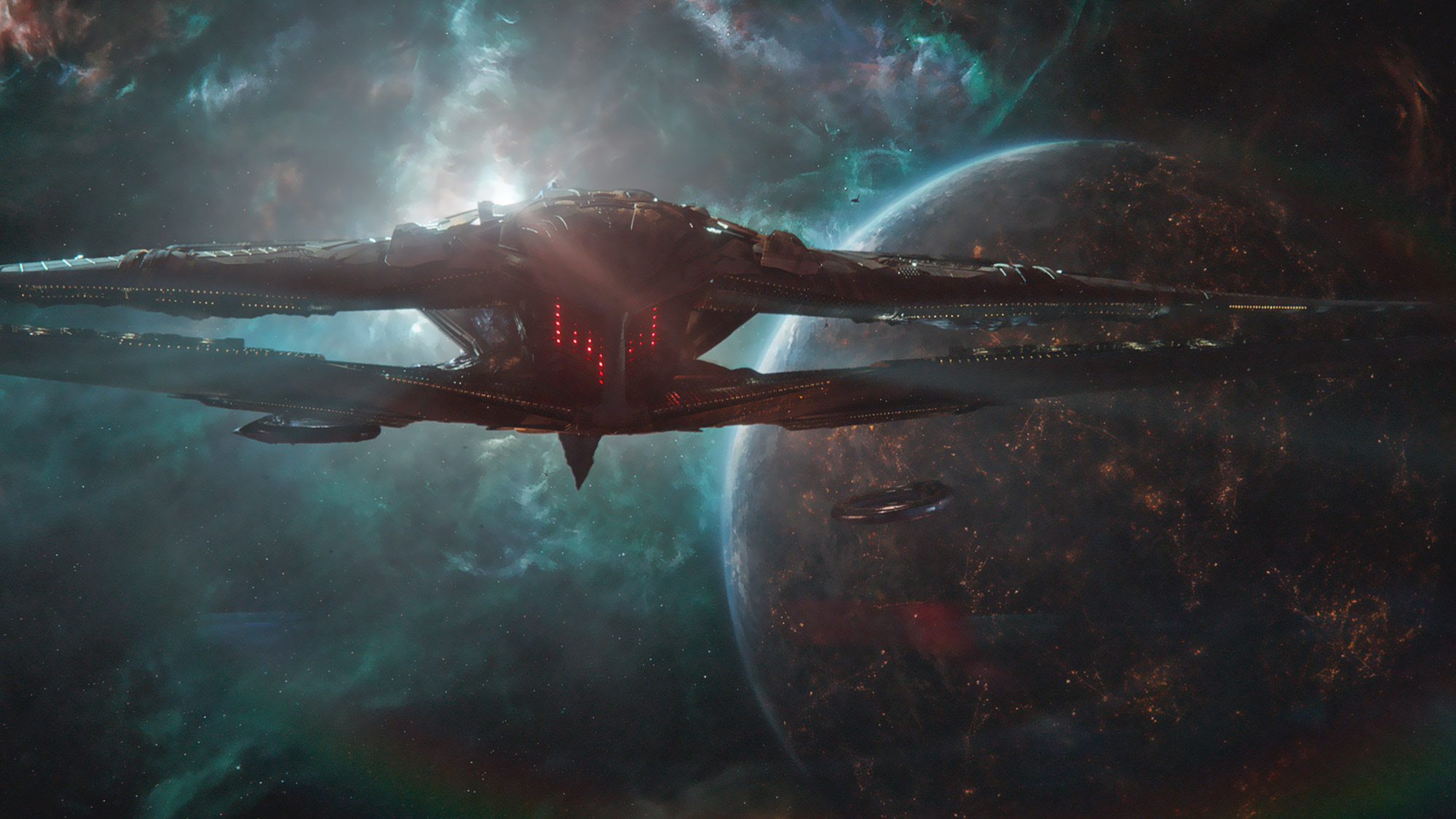
As the forces of the universe muster against the ultimate villain Thanos for "Avengers: Endgame" (2019), Space.com took a look back at how the Marvel Cinematic Universe — that's MCU, to you — built up a vast and vibrant realm that incorporates the vastness and strangeness of outer space. Since the beginning, the MCU has been ramping up in scale, revealing ultrapowerful galaxy-level heroes and the villains to match them. And beyond those grand machinations, Marvel's movies have always had little cinematic winks to NASA and the space industry.
(This article has been updated from a 2015 version. Lots more space since then!)
Related: 'Avengers: Endgame': It's Epic, Surprising, Satisfying ... and Impossible to Review
Marvel movies have shown a swiftly ascending focus on the vastness and strangeness of outer space. The earliest two MCU movies — "Iron Man" (2008) and "The Incredible Hulk" (2008) — stayed Earth-focused, but an appearance by Stark in Hulk's movie began to weave together the Marvel universe into a greater whole, including many alien entities.
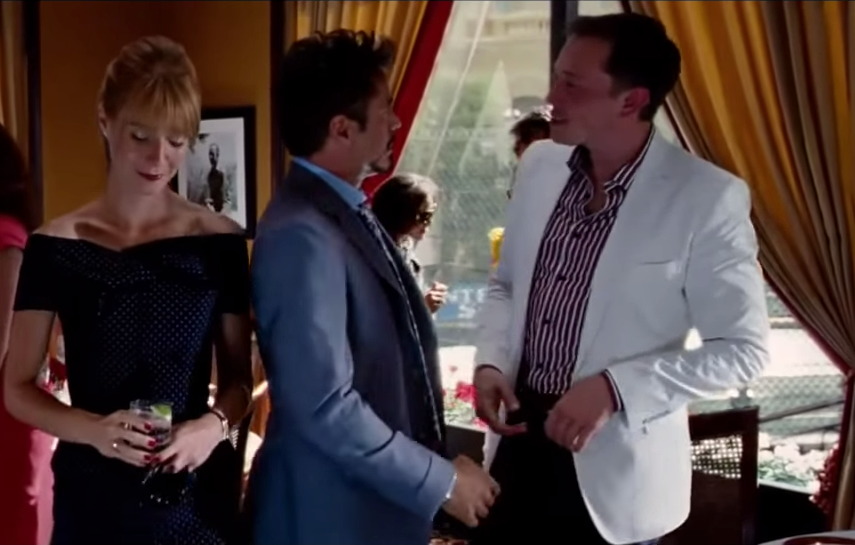
In "Iron Man 2" (2010), SpaceX CEO Elon Musk had a cameo in which he talks with Tony Stark at a party, discussing an idea for an electric plane. Stark also builds a particle accelerator from scratch, somehow synthesizing a new element. (Thank goodness he didn't create a black hole.)
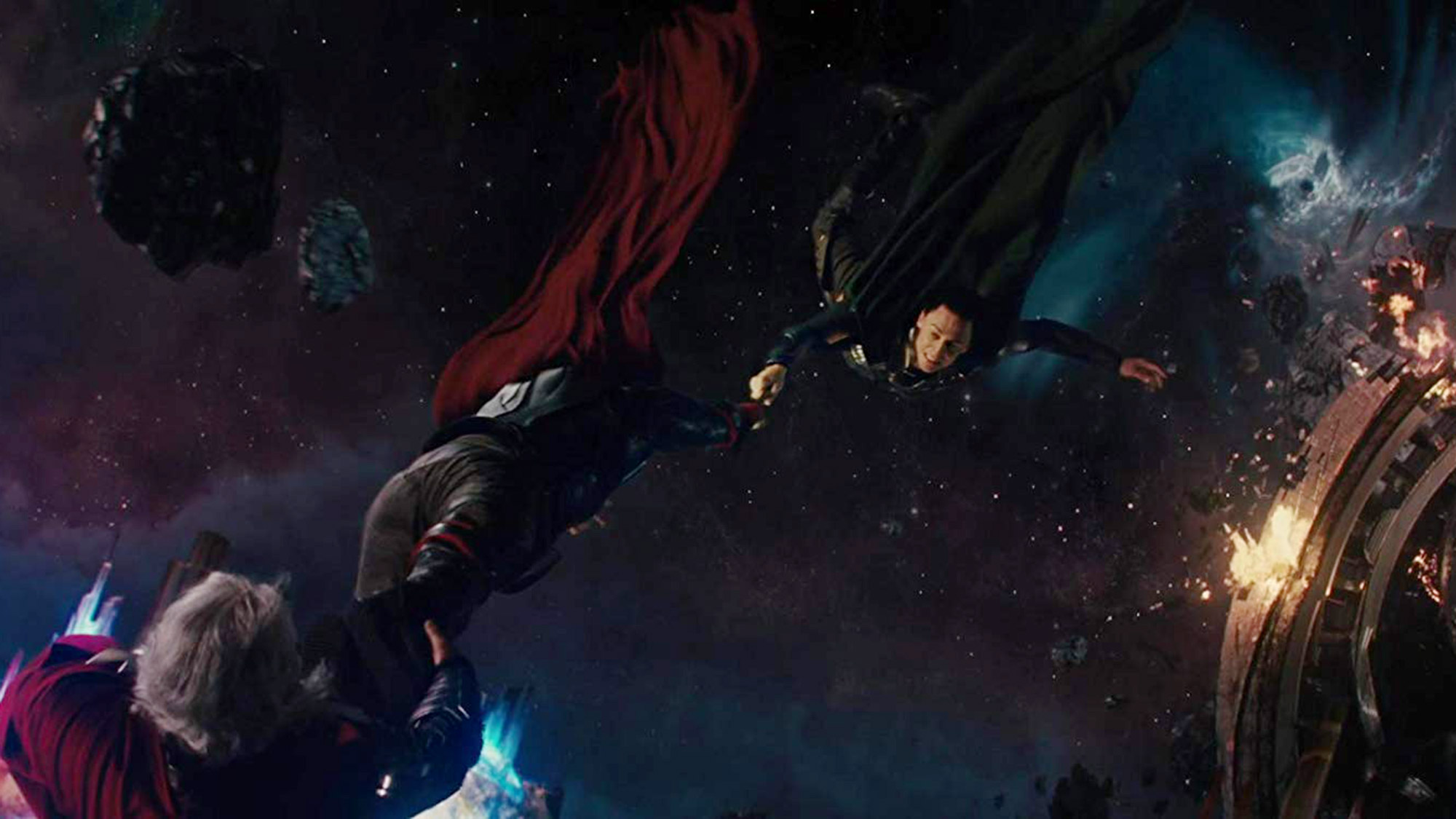
The plot of the movie "Thor" (2011) centered around wormholes, "bridges" through space-time that are mathematically predicted by Einstein's theory of general relativity. Thor's home realm, Asgard, has instant access to numerous different spaces via wormholes (directed by their bridge of legend, the Bifrost), which scientists are studying.
In "Captain America: The First Avenger" (2011), the film's villain — the Red Skull — uses what looks like a tricked-out V2 rocket as a getaway vehicle at one point as a nod to Nazi rocket research. And the plot involved the weaponization of the tesseract, which is a wormhole-creating device.
Get the Space.com Newsletter
Breaking space news, the latest updates on rocket launches, skywatching events and more!
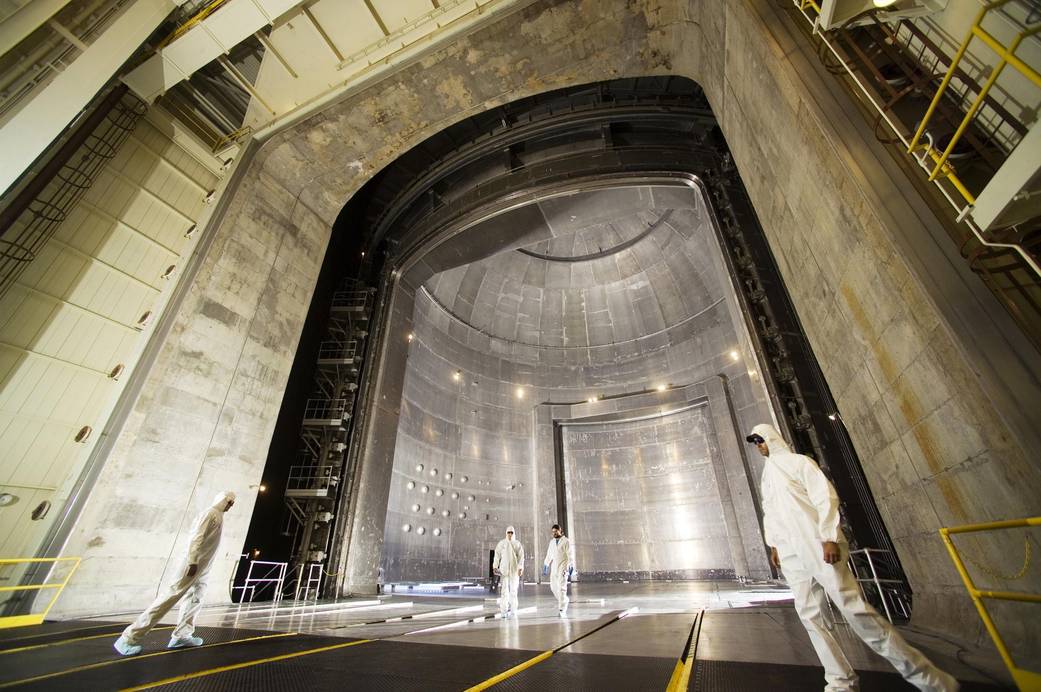
The start of "Marvel's The Avengers" (2012) is set at an intriguing "NASA Dark Energy Laboratory." While that laboratory is fictional, parts were filmed in Sandusky, Ohio, at NASA Glenn Research Center's Space Power Facility, which scientists normally use to simulate the environment in space. In the film, the fictional laboratory is researching the wormhole-creating tesseract, which suddenly activates and releases the villain Loki (and later, other unwelcome visitors). The Avengers emerge as humanity's defense against potential extraterrestrial threats.
After all of the space action, "Iron Man 3" (2013) is a breather, as Tony Stark deals with earthly villains and his own psyche.
"Thor: The Dark World" (2013) again deals with the science of wormholes, bringing far-off villains and cosmic powers to Earth, including an epic alien ship.
(Around that time, NASA teamed up with Marvel for an interactive display in New York City.)
Related: Superheroes in Space: Top Cosmic Comic Adventures
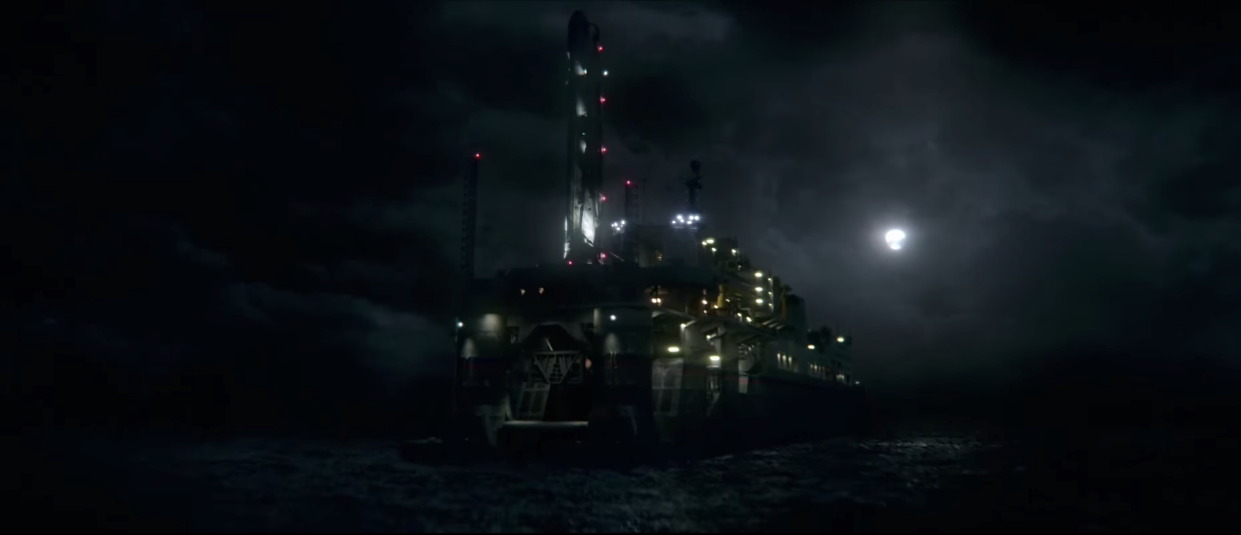
The opening tableau of "Captain America: The Winter Soldier" (2014) is a mission on a sea-based satellite launch vehicle, actually filmed on the Sea Launch Odyssey launcher and Commander vessels (whose title is briefly visible, according to our managing editor).
"Guardians of the Galaxy" (2014) — of course — is all about space: The hero, Star Lord, has his own spaceship (the Milano) and spends his time searching for pricey space antiques, ultimately saving the galaxy along the way. "Guardians" was Marvel's biggest step yet into a larger-scale galaxy tier of heroes, the superpowerful cast of characters who can go up against villains like Thanos (teased in final clips from other movies).
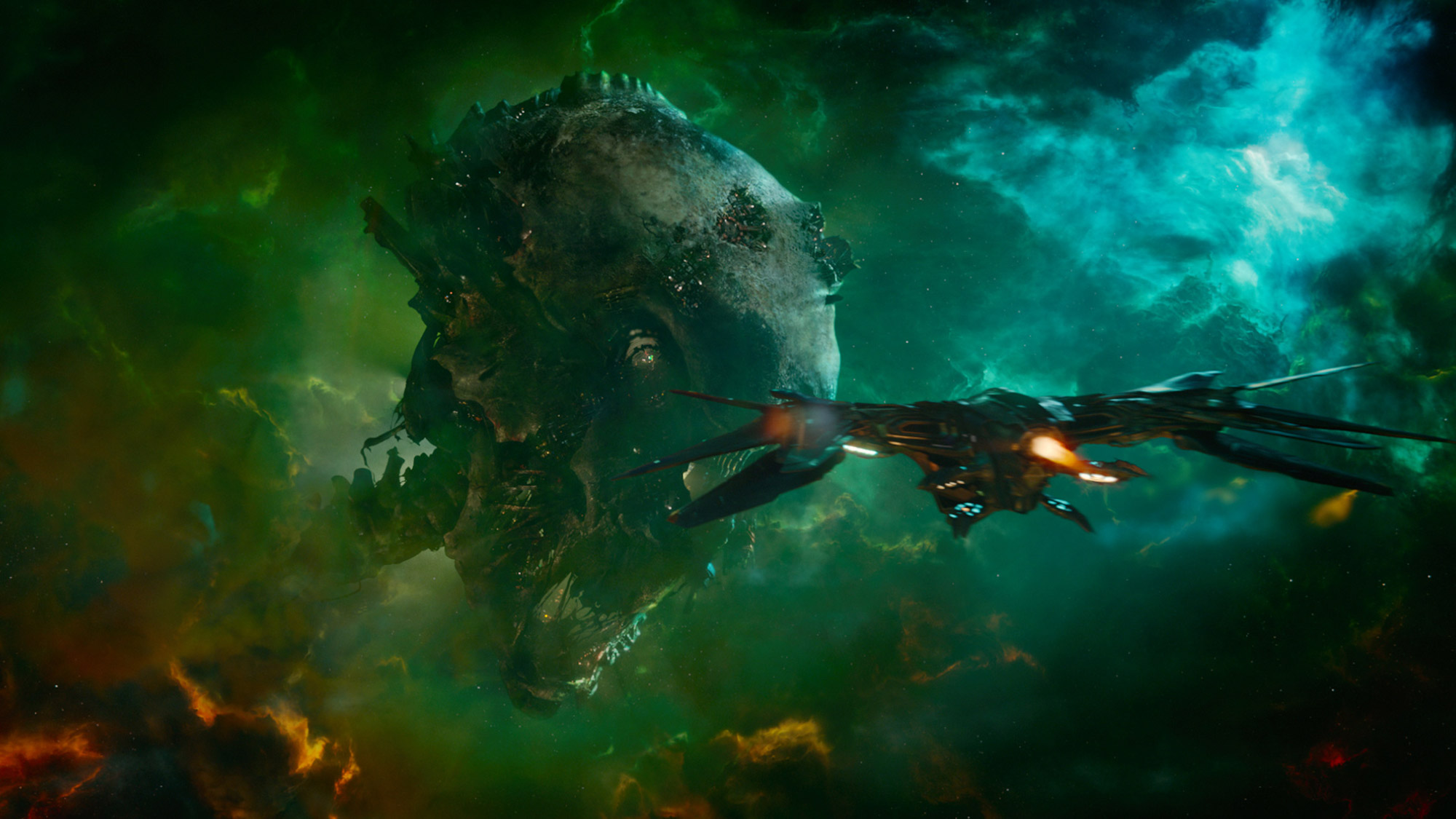
We recommended "Avengers: Age of Ultron" (2015) as a space movie to watch out for in 2015 under the assumption that some kind of space-related content would make its way in, and we were not disappointed: Tony Stark's A.I. assistant Jarvis runs a satellite in low Earth orbit that pulls double-duty as a reconnaissance satellite for the Avengers and a Hulk monitor. The satellite is home to "Veronica," which includes Hulk-busting Iron Man armor that can be launched from space and rendezvous with Stark when needed. The film's baddie also offers a nod to the threat of asteroid impacts when he levitates an entire city and threatens to drop it on Earth to create an extinction-level event.
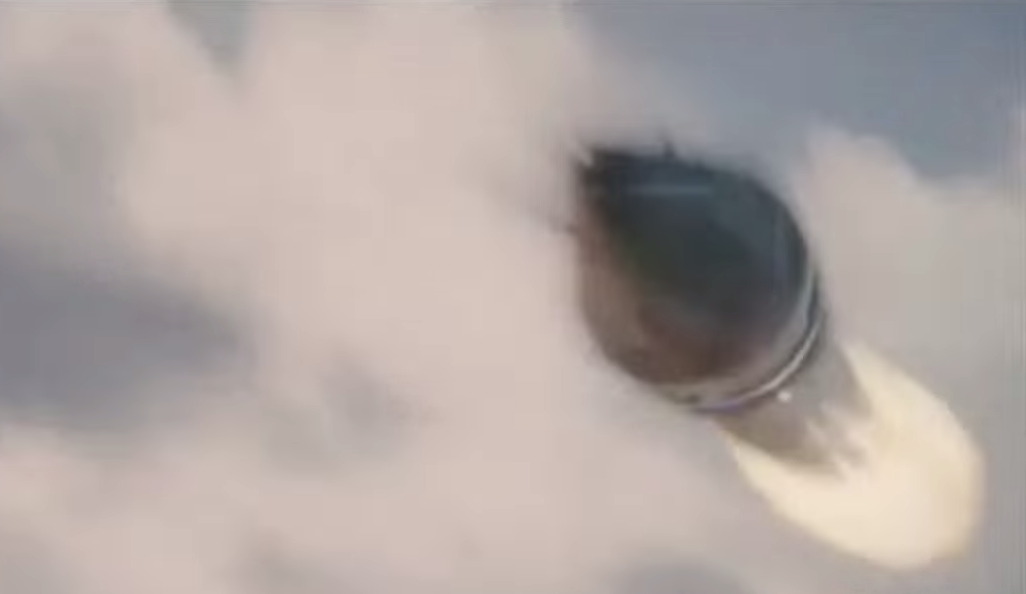
"Ant-Man" (2015) has endless references to the broader MCU — Hank Pym, the scientist central to the film, quit the organization S.H.I.E.L.D. to protect his formula from mass production — but mostly stays small-scale (no pun intended), self-contained and very much Earthbound. (However, there is discussion of, and a brief excursion into, quantum-mechanics-scale realms. Also, there's a battle while the characters are experiencing weightlessness.) Space travel only really comes up in a flashback, where characters are required to disable an intercontinental ballistic missile racing toward the United States. Such missiles take suborbital routes through space to reach (and bomb) their distant targets, and they were used as a basis to launch early rockets to space as well.
"Captain America: Civil War" (2016) stays thoroughly on Earth as our beloved heroes square off over the place and accountability of superheroes in society, although a climactic battle takes place in what looks like an abandoned nuclear missile silo stocked with super-soldiers. The film also features the introduction of Black Panther, whose vibranium-based suit raises intriguing possibilities for incredibly strong spacecraft...
The realms visited in "Doctor Strange" (2016) are way, way weirder than outer space — but the surgeon-turned-mystic generally stays earthbound when he's in our dimension. Space.com can't help but wonder about his quick-travel skillset — it raises interesting questions about getting somewhere faster than light, though perhaps that's not a big deal for the wielder of what turns out to be a time stone.
Related: 'Doctor Strange' Astrophysicist Talks Mind-Bending Marvel Science
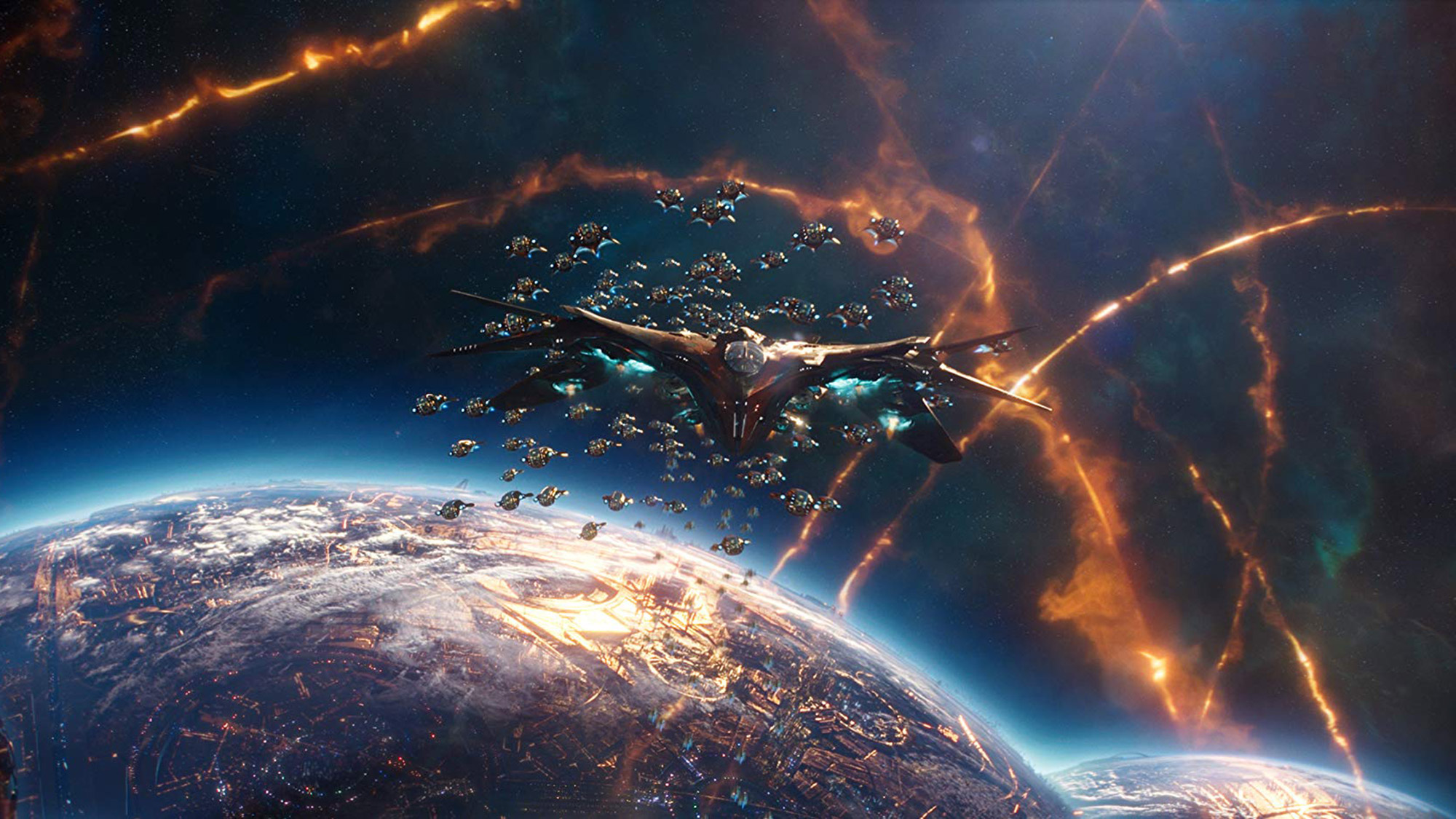
"Guardians of the Galaxy Vol. 2" (2017) sees our space-bound heroes journey to the "living planet" Ego, who proves to have a special relationship to Star Lord. While one character survives space without a suit in the first movie, another is not so lucky in the sequel.
"Spider-Man: Homecoming" (2017) shows the consequences of alien technology scattering across New York after the battle in 2012's "Avengers" — and that otherworldly tech has a big impact when wielded by street-level villains. Plus, Peter Parker is responsible for the sad destruction of his friend's Lego Death Star, raising interesting questions about the "Star Wars" films' existence in the MCU. Who do you think Mace Windu looks like?
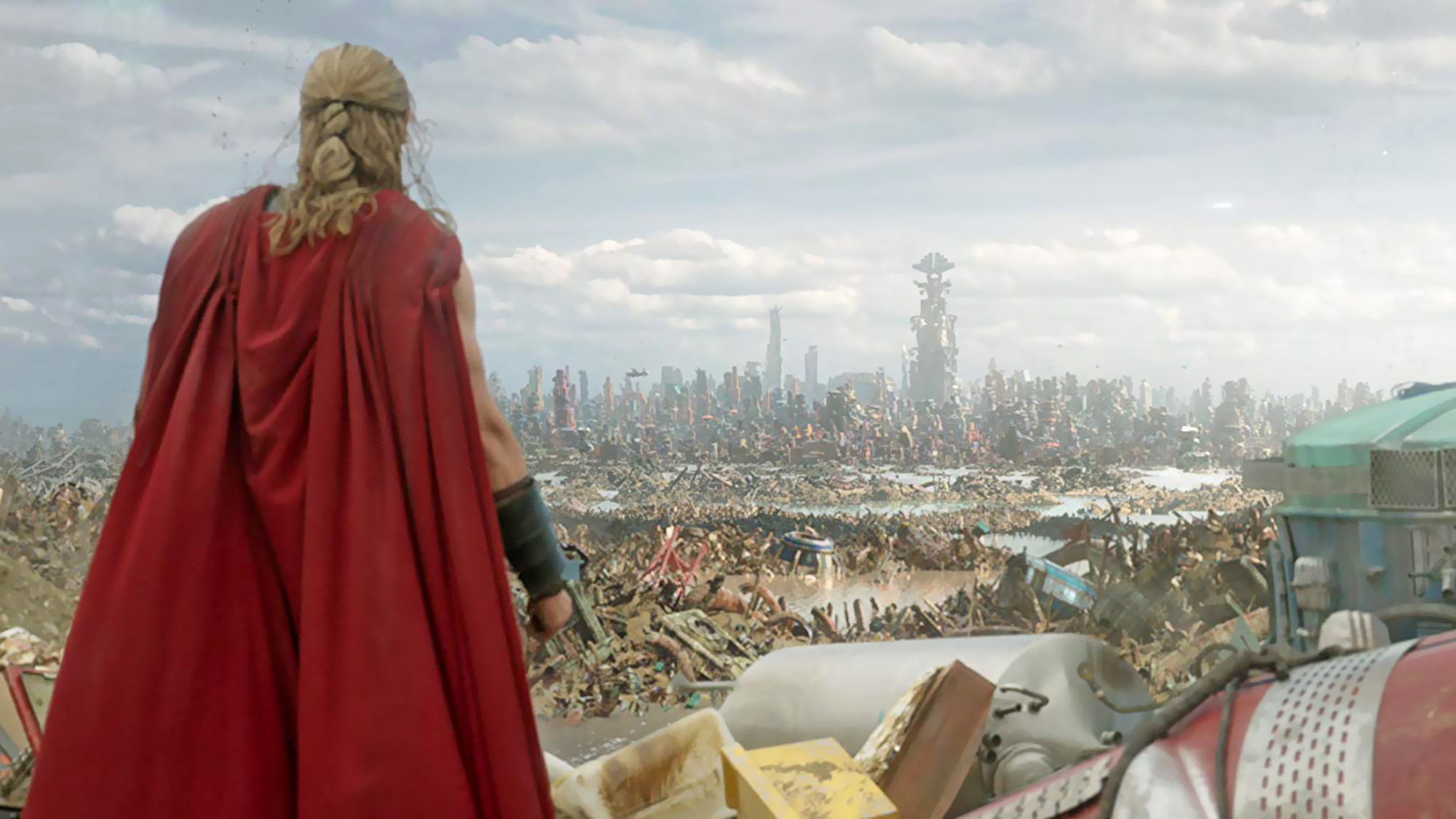
In "Thor: Ragnarok" (2017), Thor and Loki (and the Hulk) fight to get off the garbage planet of Sakar, where they were deposited by wormholes. The film features a fascinating junkyard of old spaceships, as well as a couple of active ones — including the Grandmaster's luxury Commodore spaceship and a giant ship called the Statesman, which encounters a huge, menacing alien ship during the end credits...
The super-technological kingdom of Wakanda visited in "Black Panther" (2018) boasts self-flying aircraft and other incredible transportation technology — we may not see spaceships in this film, but they could definitely have them, and they could take fascinating forms using the civilization's nanotech. The mysterious metal vibranium's capability to store and release energy would surely come in handy for that as well.
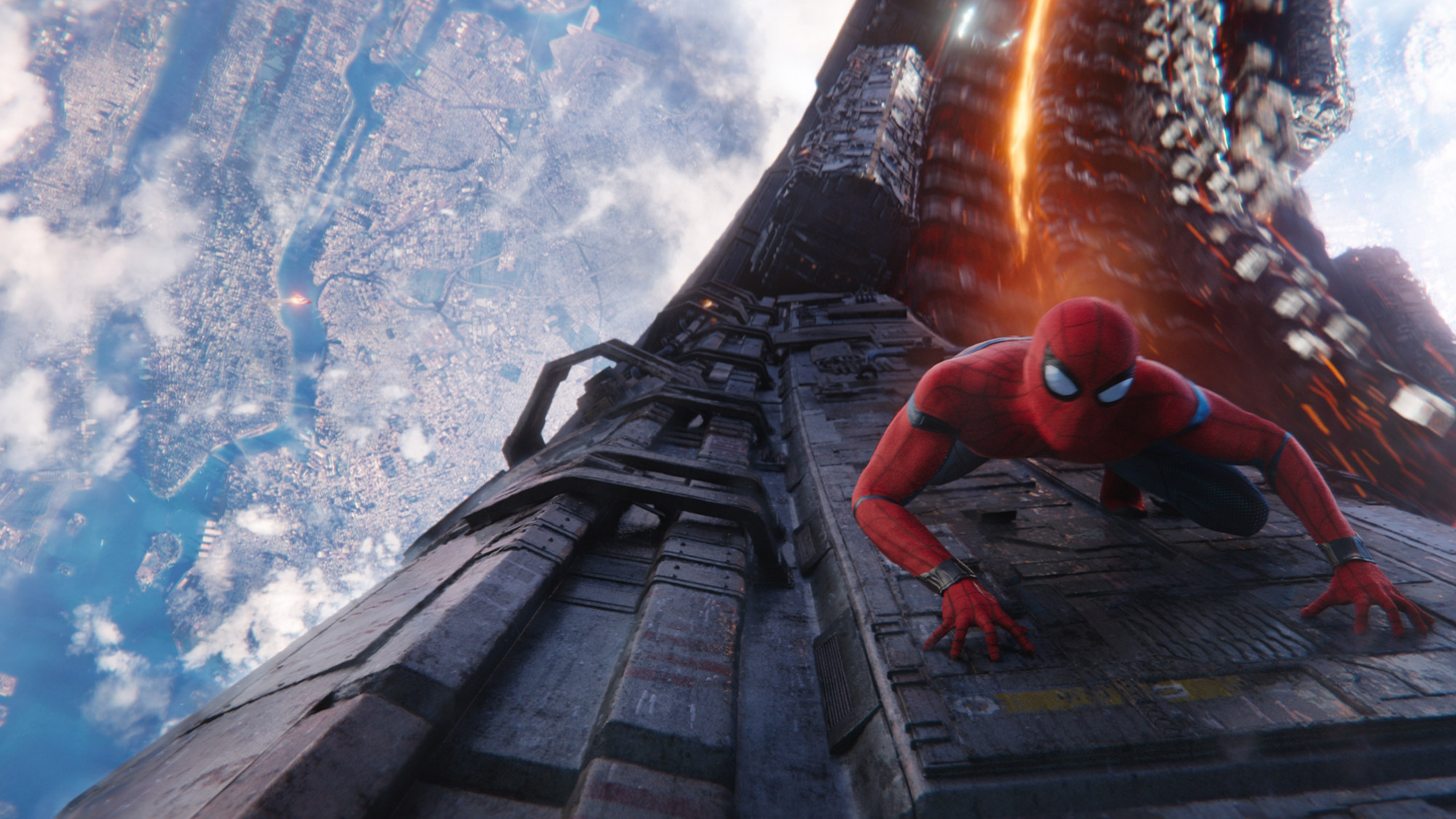
All the cosmic clues come together in "Avengers: Infinity War" (2018), when we see characters flying through space in a variety of ships and jumping through portals, all chasing stones that were catapulted across the cosmos during the Big Bang, only to become the ultimate bling on a giant space glove, forged around a neutron star. The team visits the site of another neutron star to craft a mighty weapon.
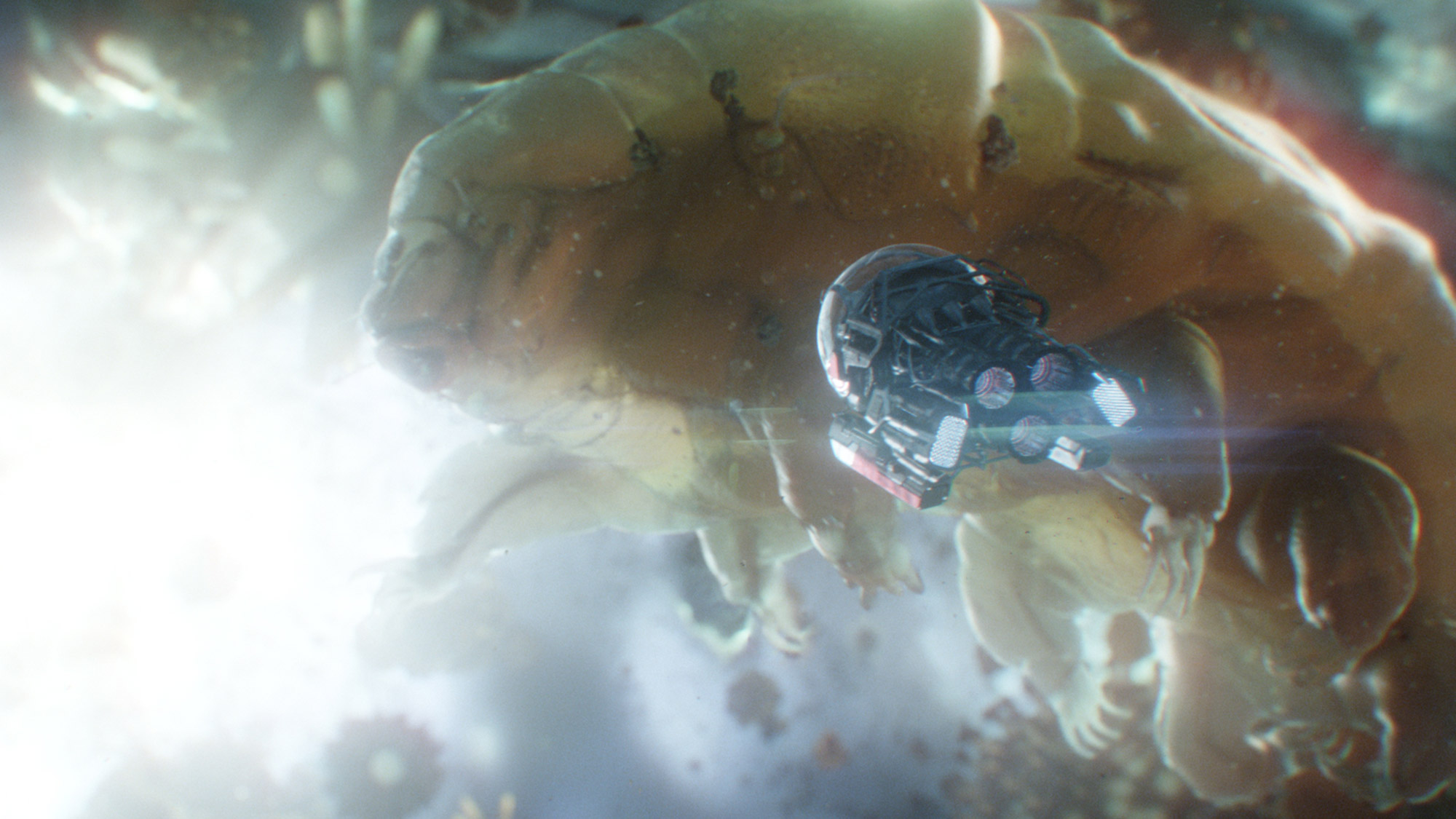
Once again, "Ant-Man and the Wasp" (2018) sees Scott Lang scaling down — though "Civil War" proved he could get larger, too — and exploring the strange quantum realm in a spaceship-looking exploration vehicle built by the scientist Hank Pym. That realm, with time vortexes and unlimited energy, is certainly as deadly as outer space — especially if you're stranded. Plus, the tardigrades he passes on the way are pretty alien-looking at that size!
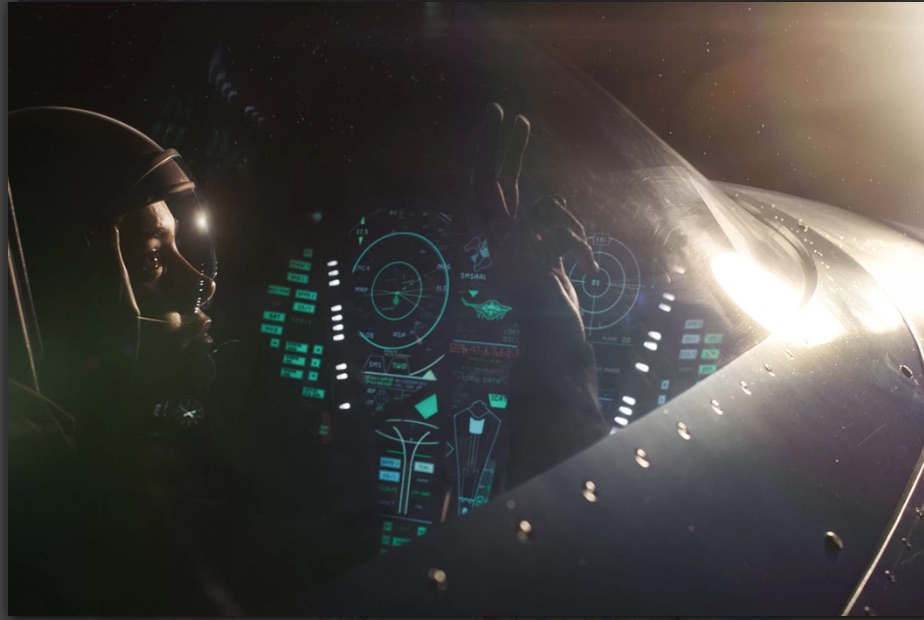
"Captain Marvel" (2019), of course, is all about space — the alien Kree square off against the shapeshifting Skrulls with Earth as the battlefield. But there are references to Earth's space milestones, too, including a cameo by a historic aviation bar and allusions to "The Right Stuff." Plus, Carol Danvers encounters "Space Invaders" in the bar before — many years later — repelling real space invaders from the skies above Earth.
"Avengers: Endgame" (2019) isn't out yet, but Space.com is already excited about Tony Stark's "Lost in Space" moment, revealed in the trailers, and the universe-scale battle to oust Thanos. We bet there'll be some pretty cool spaceships along the way.
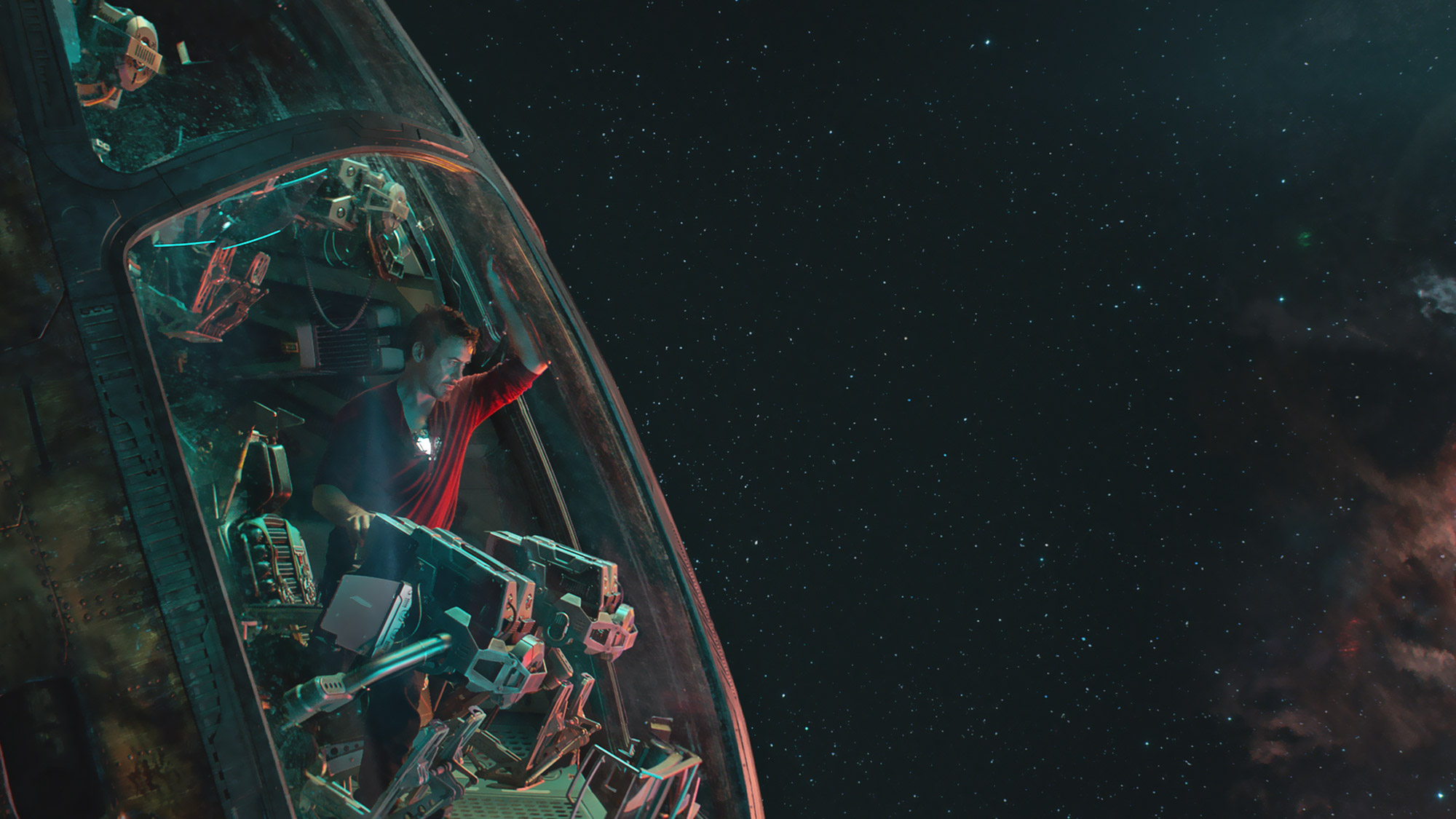
- The Avengers Are Heading to Space in Last 'Avengers: Endgame' Trailer
- Captain Marvel, Special Relativity and 'Avengers: Endgame' Connection Explained
- The 20 Weirdest Aliens in the Marvel Universe
Email Sarah Lewin at slewin@space.com or follow her @SarahExplains. Follow us @Spacedotcom and on Facebook.
Join our Space Forums to keep talking space on the latest missions, night sky and more! And if you have a news tip, correction or comment, let us know at: community@space.com.

Sarah Lewin started writing for Space.com in June of 2015 as a Staff Writer and became Associate Editor in 2019 . Her work has been featured by Scientific American, IEEE Spectrum, Quanta Magazine, Wired, The Scientist, Science Friday and WGBH's Inside NOVA. Sarah has an MA from NYU's Science, Health and Environmental Reporting Program and an AB in mathematics from Brown University. When not writing, reading or thinking about space, Sarah enjoys musical theatre and mathematical papercraft. She is currently Assistant News Editor at Scientific American. You can follow her on Twitter @SarahExplains.









